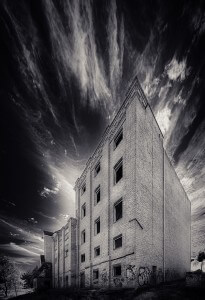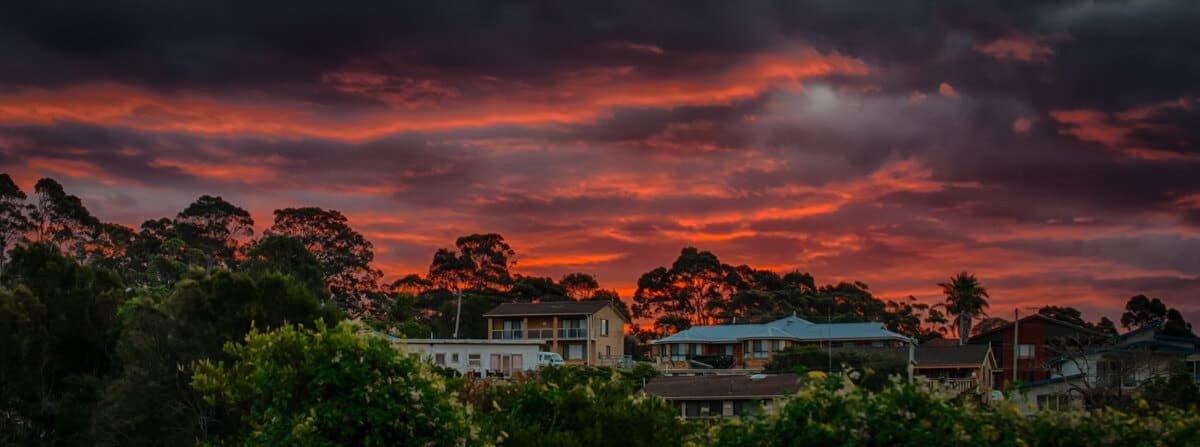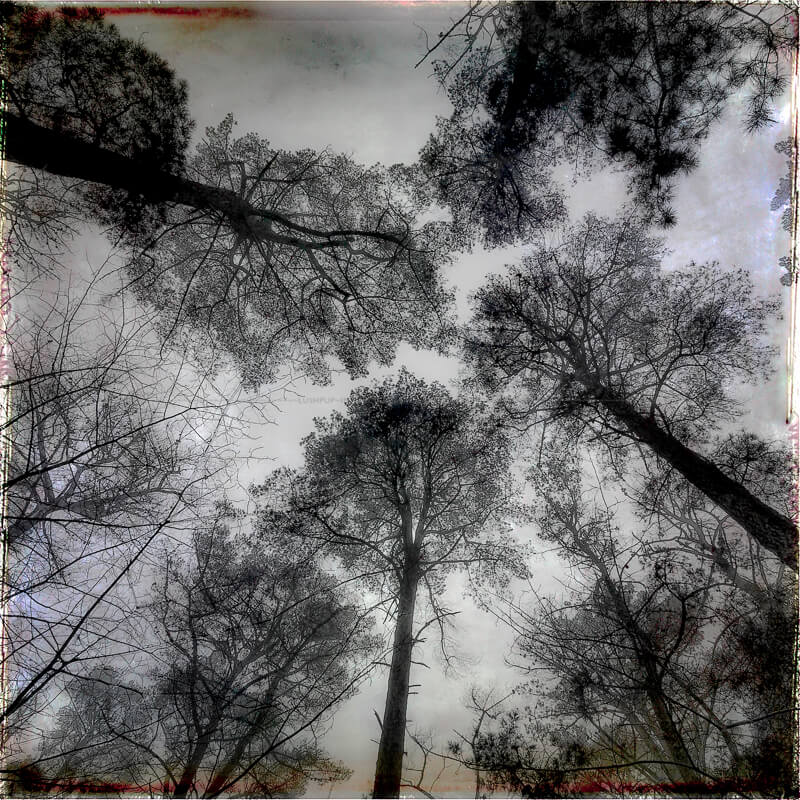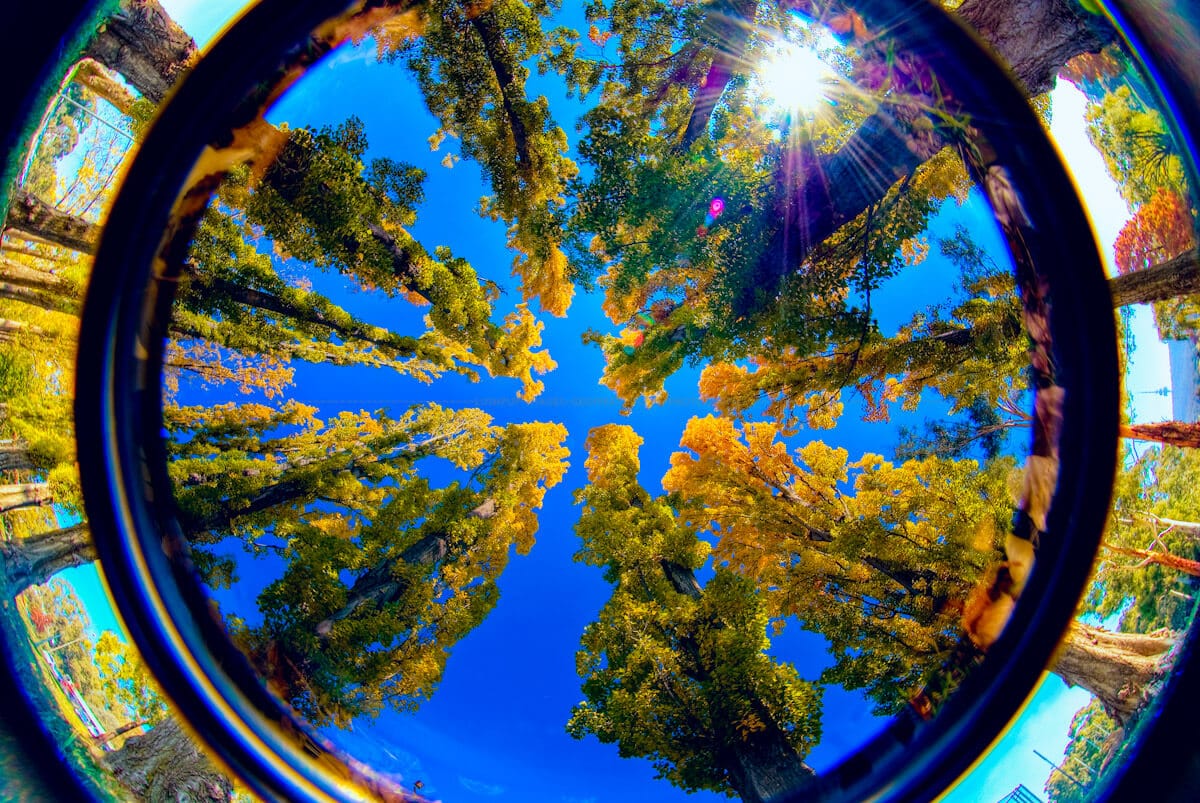Assorted Landscapes
As part of my ongoing efforts to add content to my newly humming website (you have to imagine a happy humming here instead of the slow dirgey throaty song playing previously!) I have added a new gallery of images entitled, rather imaginatively, 'Land'. I would add that although there is indeed a landscape in each and every photograph in this collection I will confess up front to there often being a great deal of sky in them too. Anyways, please enjoy :-)
Saturday's Sunset
Sun's departing rays
day collapses into embers
hot kisses linger
While at the coast on the weekend I witnessed a brief but fiery sunset. I was reminded of a quiet fireplace, embers burning aglow and of how a sunset is like the sun drawing the light of the day back into itself as it departs the sky ... the earth still warm and glowing from it's day-long kiss. An utterly romantic view of course of otherwise straightforward planetary rotation, but I like to indulge the romantic notion of collapsing light and embered skies.It adds a certain beauty to the world and that transition from day into night which we loosely call twilight when it is neither day nor night but a betwixt and between of experience and anticipation ... a time when there's a seeming pause to the world.
And then there's 'hot kisses linger' ... well they do ... don't they? :-)
Saturday's Sunset was captured at Malua Bay on the south coast of New South Wales ... the sky was afire but only for a moment.
Starfield
Now here's a technique I've been wanting to try for a while ... starfield photography ... more specifically trying to capture the spiral arm of our galaxy better known as the Milky Way. Essentially I've been waiting for the opportunity to try out the high ISO sensor on the Nikon D600 but I have also been waiting for a couple of other variables first ... a suitably clear sky away from the most obvious light pollution being one ... living in the middle of even a small city like Canberra has kinda prevented that. An offer to spend this weekend past down at a quiet part of the New South Wales south coast seemed to tick all the boxes. This part of the coast is about two and a half hours drive from Canberra and it's a beautiful part of the world ... bays and beaches amongst rugged coastline. It was forecast to begin raining in Canberra but down at the coast it was extra clear. There was a waxing crescent moon but it wasn't in the sky for very long. We arrived at the house just after sunset and after it got a little darker I set up my camera, tripod and 20mm wide angle lens. I pointed it at the sky, cranked up the ISO setting to the camera's maximum (something ridiculous like ISO25,600!) and set a 20 second exposure and fired the shutter and this is essentially what appeared on the camera's display*...
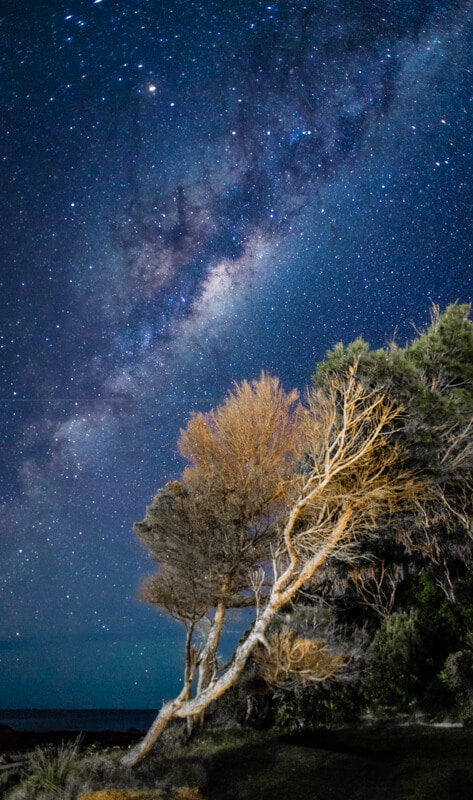
I swore ... loudly. The sentiment being largely 'wow!' and I remember looking up at the sky in wonder before setting the next shot.
Then I went down to the beach...

I think the thing that amazed me most about these pictures was that I have lived every day with such a massive feature in the sky but have, up until the weekend only seen it in glimpses or as a milky haze across the night sky. I also wondered how I could possibly get my eyes augmented to this kind of sensitivity ... I'd likely get the ultraviolet and infra-red modules too if they available ;-)
Wandering back up toward the house I put the fisheye lens on for a greater than 180° field of view ... this one was a bit later after the arm had risen and I'd had a cpuple of glasses of wine and also after most folks had retired for the night and turned out their lights...
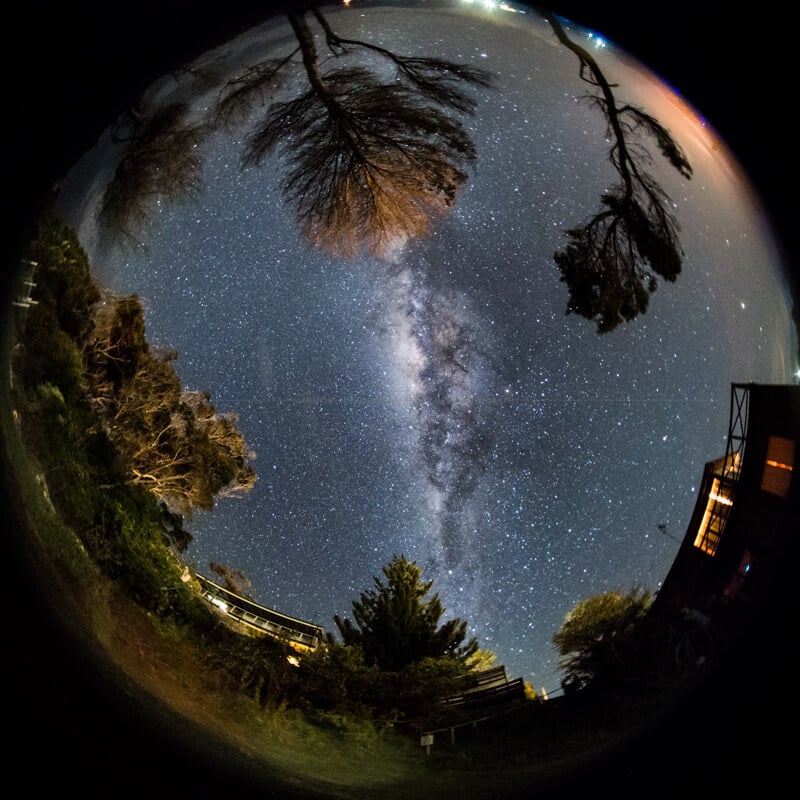
Back home again and processing these pictures accidentally converted the first picture to monochrome and I liked where it was pointing me so I went ahead and processed it monochrome too...

I think I like this version the best of all the starfields I captured ... what do you think?
*truth be told I tell a little fib ... this would be the third exposure after I'd dialled the ISO down to a more respectable setting (still ISO10,000) to reduce the noise.
a full moon always rises at sunset
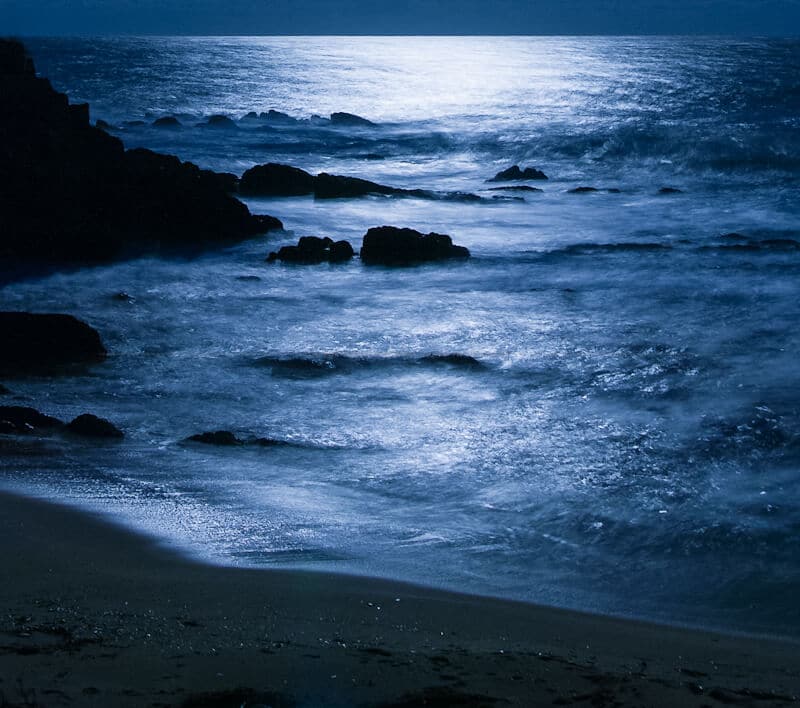
moon rises full across a sparkling sea the sun cedes the sky
You want to know something that absolutely fascinates me? Of course you do! You'll need to think about this a bit so let's go ... 'a full moon always rises at sunset' ... think about that for a moment. Have you ever seen the full moon rise at any time other than sunset? You know, like in the middle of the night or in the morning? The answer will be no because it doesn't happen. OK, so far, so good. Now hold that thought and add to the fact that the lunar cycle is fixed ... well OK, let's say regular at 29 and a half days (29.53059 days to be precise). So every 29 and a half days there's another full moon. OK? Now the next bit gets confusing but stay with me and let's quickly recap;
- full moon always at sunset
- full moon occurs every 29.5 days
Alrighty, there's another cycle working here too, the seasons. Every day the days get longer or shorter depending on the season you're in and by 'day' I'm referring to the amount of daylight. So, here in SE Australia the days are growing longer as we march toward Spring. There's a full moon this Thursday (2nd August) and it will rise at sunset even though the day has lengthened. What balance!
There's lots more moonphase related stuff over at Moonconnection.com which is where I lifted the diagram below;
]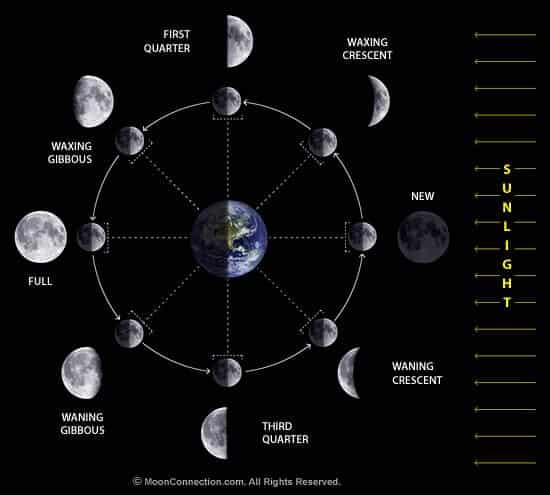
Courtesy Moonphases.com
Think about it next time you see a full moon rising ... just remember 'a full moon always rises at sunset'.
I'm the type of person who follows the moon and the seasons ... I know where the moon will be (roughly!) at any given time of the day or night depending on where the lunar cycle's up to.
Do you follow the moon? Do you use the sun to tell you which direction you're facing? Do you live above the arctic circle? You can tell me what happens there! Do tell. I'm interested.
Canberra in Autumn
This is what happens when you put your fisheye on the ground looking up and carefully balance a circular polarising filter (that's too small for the lens) on top. Taken in the grounds of the Australian National University down near Sullivan's Creek. Astute viewers will score a bonus Telstrayama (the telecommunications tower atop Black Mountain in the center of Canberra) at the the three o'clock position.
Yes, the sky really is that blue in Canberra in Autumn and Spring ... they would both have to be my most favourite seasons.
Tell me, what's your favourite season?
























